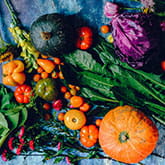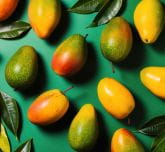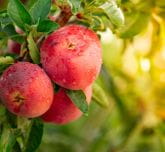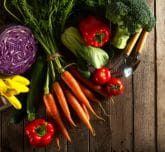The worldwide fruit and vegetable market
Fruit and vegetables are one of the most essential basics in our everyday diet. As fruit and vegetables are rich in fibre, vitamins and minerals, they contribute to a healthy diet and prevent the appearance of many health problems such as obesity, diabetes and cardiovascular disorders.
The global fruit and vegetable market was estimated to be worth USD 314 billion in 2022. In 2021, Asia produced approximately 80% of the world's vegetables, the most produced being tomatoes, onions and cucumbers (Statista).
According to the World Health Organisation (WHO), up to 2.5 million lives could be saved every year if sufficient fruit and vegetables were consumed. The organisation claimed that low fruit and vegetable consumption is responsible for 19% of gastrointestinal cancers, 31% of ischaemic heart disease and 11% of strokes worldwide.
This low consumption of fruit and vegetables is particularly high in the least developed countries. WHO estimates that people in these countries sometimes eat less than 100 grammes per person per day - such as Ethiopia and Nepal for fruit, and the Philippines and Armenia for vegetables - compared with 450 grammes in Western Europe. It is recommended to eat at least 400 grammes a day.
The EU plus the UK are a model pupil in this respect, with an estimated daily consumption of 365 grammes per person. But it's in fruit that the region does better than the rest of the world, with 188.60 grammes of fruit eaten per person per day, compared with 81.30 grammes worldwide. For vegetables, on the other hand, European consumption is just 153.20 grammes, while global vegetable consumption is 208.80 grammes per person per day.
In 2022, vegetables were the second most consumed product group in the world (67kg/capita). Fruit was fourth (35kg/capita).
Fruit and vegetable consumption in France
With a keen eye on their state of health and showing concern about the manufacturing methods of certain highly processed products, French consumers have changed their eating habits in recent decades. Reducing their consumption of starch and cereals, they have increasingly incorporated fruit and vegetables into their everyday diet.
Organic products are occupying a growing share of this market. Many consumers are wary of the presence of pesticides in fruit and vegetables that they buy. In spite of this, the consumption of organic fruit and vegetables declined by 10% compared with 2020, whereas the trend had been quite positive previously.
Consumers are also more vigilant with regard to product provenance - with the “French grown” label proving to be an efficient purchasing incentive - and also seasonality. These are the two post important purchasing criteria.
The fruit market in France
The most popular fruit eaten in France are apples, with an average of 16 kg crunched per year per household. Next on the list are bananas (12 kg), oranges (10 kg) and clementines (8 kg).
Mangoes are the fruit that saw the fastest rise in purchasing by value between 2020 and 2021.
Most of the fruit eaten in France are fresh fruit: between 76% and 85% depending on the time of year, according to France AgriMer. Juices, mashed fruit, purees and dried fruit are therefore in the minority.
But French consumers are still not big fruit eaters. Less than one in two French people eat fruit every day.
The French vegetable market
As for vegetables, tomatoes turn out to be the most popular with French consumers, with an average of 13.3 kg eaten per household per year. Carrots arrive in second place with an average of 9 kg, followed by courgettes (5.5 kg), an almost identical quantity to lettuce and onions.
Contrary to fruit, the French prefer eating vegetables cooked. Raw vegetables are mainly eating during the summer, whilst soups are gaining in popularity during the autumn and winter.
Vegetable consumption in France is nonetheless low compared with other countries. Only 54.2% of French people eat vegetables every day, compared to 65% on average in the other countries of the OECD.
Fruit and vegetables at SIAL
Whether they be fresh, dried, frozen, preserved, dehydrated, organic, sold loose or packed, fruit and vegetables in all their forms make up an important part of SIAL Paris. In 2022, more than 1000 companies presented fruit and vegetable products.
These market players come from all over the world, with 95% of exhibitors coming from a foreign country. Thus, alongside French heavyweights such as Groupe d’Aucy, visitors could meet the Belgian firms Ardo NV et Greenyard NV or the Italians Noberasco SpA and the British company Borna Foods Ltd.
Your dedicated sales representative:


Other sectors presented at SIAL
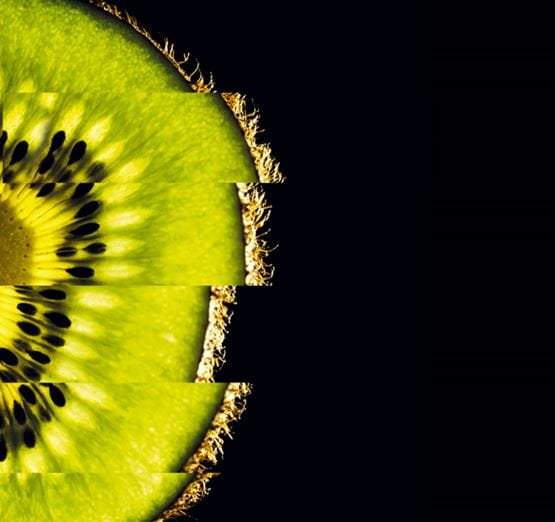
INSPIRING FOOD BUSINESS WORLDWIDE
- Food & Drinks Malaysia - Kuala Lumpur
- SIAL Canada - Montreal
- SIAL Canada - Toronto
- SIAL Paris - Paris
- SIAL in China - Shanghai
- SIAL in China - Shenzhen
- SIAL in India - New Delhi
- SIAL Interfood - Jakarta
- Gourmet Selection - Paris
- Cheese & Dairy products show - Paris
- Djazagro - Algiers




